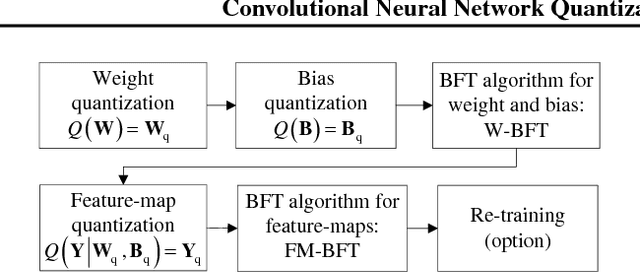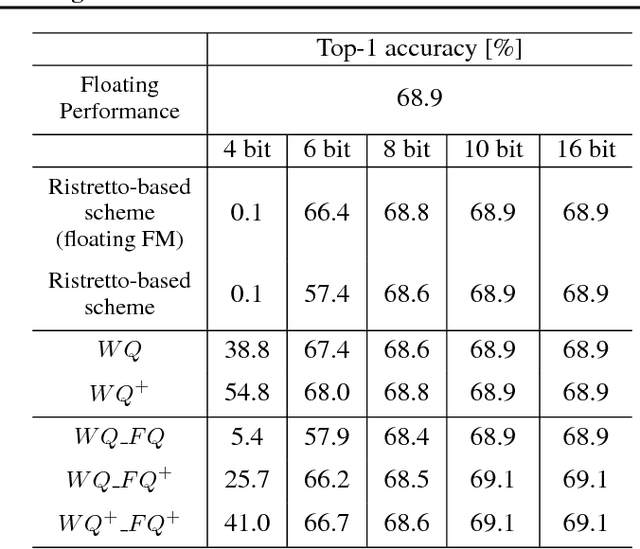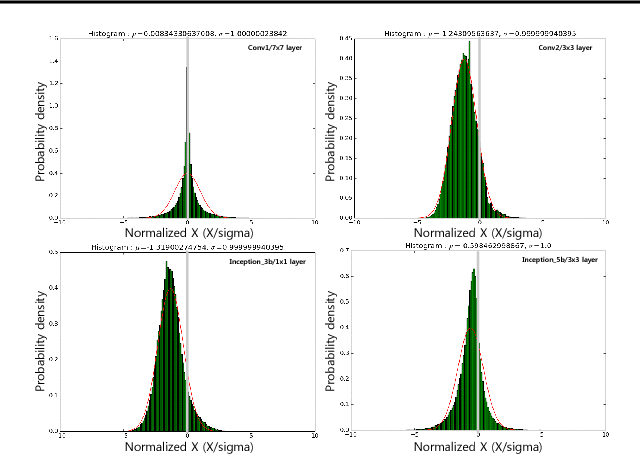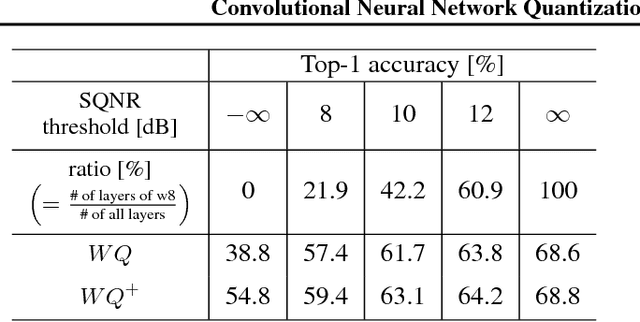Changgwun Lee
EdgeFusion: On-Device Text-to-Image Generation
Apr 18, 2024Abstract:The intensive computational burden of Stable Diffusion (SD) for text-to-image generation poses a significant hurdle for its practical application. To tackle this challenge, recent research focuses on methods to reduce sampling steps, such as Latent Consistency Model (LCM), and on employing architectural optimizations, including pruning and knowledge distillation. Diverging from existing approaches, we uniquely start with a compact SD variant, BK-SDM. We observe that directly applying LCM to BK-SDM with commonly used crawled datasets yields unsatisfactory results. It leads us to develop two strategies: (1) leveraging high-quality image-text pairs from leading generative models and (2) designing an advanced distillation process tailored for LCM. Through our thorough exploration of quantization, profiling, and on-device deployment, we achieve rapid generation of photo-realistic, text-aligned images in just two steps, with latency under one second on resource-limited edge devices.
Convolutional Neural Network Quantization using Generalized Gamma Distribution
Oct 31, 2018



Abstract:As edge applications using convolutional neural networks (CNN) models grow, it is becoming necessary to introduce dedicated hardware accelerators in which network parameters and feature-map data are represented with limited precision. In this paper we propose a novel quantization algorithm for energy-efficient deployment of the hardware accelerators. For weights and biases, the optimal bit length of the fractional part is determined so that the quantization error is minimized over their distribution. For feature-map data, meanwhile, their sample distribution is well approximated with the generalized gamma distribution (GGD), and accordingly the optimal quantization step size can be obtained through the asymptotical closed form solution of GGD. The proposed quantization algorithm has a higher signal-to-quantization-noise ratio (SQNR) than other quantization schemes previously proposed for CNNs, and even can be more improved by tuning the quantization parameters, resulting in efficient implementation of the hardware accelerators for CNNs in terms of power consumption and memory bandwidth.
 Add to Chrome
Add to Chrome Add to Firefox
Add to Firefox Add to Edge
Add to Edge